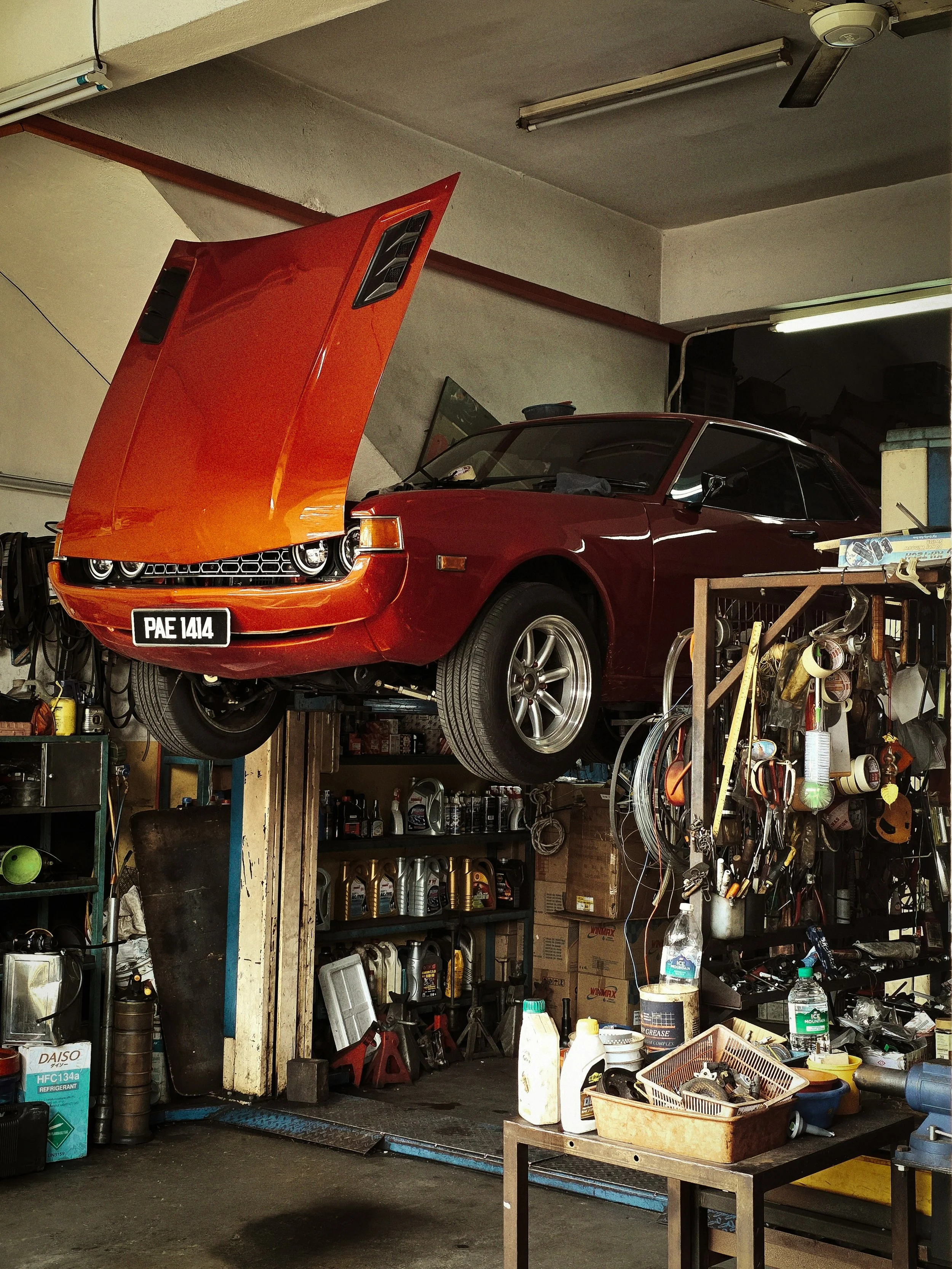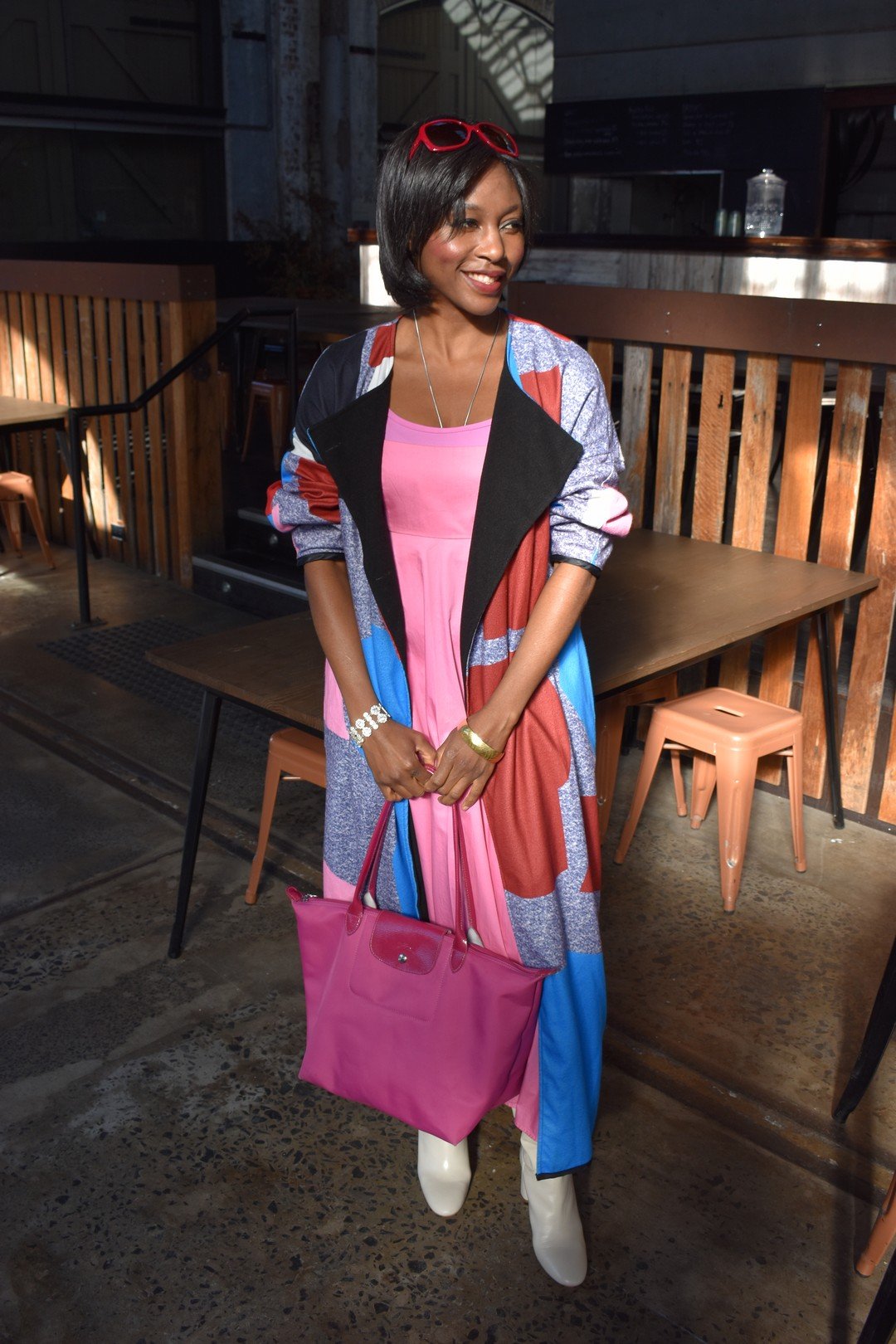Photo by Bulat369
When your toaster breaks, you probably go out to buy a new one. It’s easier, cheaper, and usually the only option. Replacing your toaster contributes 18 kilograms of CO2 to the atmosphere.
When your jeans develop a hole, you go and buy a new pair. You probably are not patching them yourself. According to a lifecycle assessment by the United Nations Environmental Programme, this single pair of denim contributes 33.4 kilograms of carbon equivalent to the atmosphere. Making this new pair of jeans uses 3,718 litres of water.
Looking beyond toasters, Australia generated 511,000 tonnes of e-waste in 2019, of which the majority is not recovered. Including all waste types, Australia generated an estimated 75.6 million tonnes (Mt) of waste in the 2022-2023 fiscal year.. In 2018, the United States sent 37,410,000 tonnes of durable goods, products with a lifetime of three years or more, to the landfill.
These numbers are not to shame the urge to remain stylish or guilt for wanting toasted bread, but to show how things are and raise the question of how things could be. Instead of tossing and replacing these toasters and jeans, a circular economy with a focus on repair and reuse offers us the opportunity to extend the lifecycle of our items.
The habit of throwing away and replacing our stuff represents our present linear economy. This capitalist model rewards companies building items designed to fail, leading to companies favoring profit over people, planet, and progress. This is a concept called planned obsolescence. These products with a designed and predetermined lifespan include electronic devices, cellphones, appliances, toys, books, furniture, clothing, and nearly every manufactured product. No matter how well you take care of an item, it is built with a limited lifespan and designed to fail.
Shorter buy-again windows mean companies are selling the same product more frequently to repeat customers, increasing yearly profits. When products are cheaper to replace than they are to repair, it is a no-brainer why people choose to simply buy the product again.
Apple is an example of a company that sees record sales as a result of its planned obsolescence in its iPad, iPhone, and Mac products. As highlighted in multiple lawsuits and federal hearings in the United States, Apple has acknowledged that it builds devices with deteriorating battery lives, meaning consumers will have to either struggle with their old model or pay to upgrade after just a few years.
Not limited to Apple or even cellphones, the furniture giant Ikea has committed to reforming its entire value chain following a long history of environmental and quality complaints around products that uphold the definition of planned obsolescence. This intentional design failure is embedded in nearly all products, and it is catastrophic for the Earth.
Source: Amadori, F. B., Felta, L., Fernandez, A. R., Simeoni, F., & Vehanen, T. (2020, September 28). Planned Obsolescence and the Lifespan of Electronics. Infragraphy. https://blogs.aalto.fi/mediainfrastructures/2020/09/28/planned-obsolescence-and-the-lifespan-of-electronics/
The solution to this model is to bend the line into a circle, creating a circular economy. The Ellen MacArthur Foundation defines the circular economy as a system in which materials never become waste, and there is a greater emphasis placed on regenerating nature. In this circular system, products and materials are not sent to landfill, and instead remain in circulation through processes like maintenance, reuse, refurbishment, remanufacture, recycling, and composting.
The circular economy’s core pillars are circular design, reuse of materials, and regeneration. Focusing on circular design means that products are built for repair, reuse, repurposing, and remanufacturing. Repair is the antidote to the waste crisis created by planned obsolescence. In challenging companies’ overproduction practices, we create better products, greatly reducing new manufacturing. In tandem, repair becomes cheaper, easier, and more accessible
Source: van Ewijk, S., & Stegemann, J. (2023). THE CIRCULAR ECONOMY. In An Introduction to Waste Management and Circular Economy (pp. 306–348). UCL Press. https://doi.org/10.2307/jj.4350575.17
Repair is one of the most crucial aspects of the circular economy that receives the least amount of utilisation. A repair economy helps to bend the line by reducing new manufacturing and extending the lifespan of products. There is power in repurposing and repairing an item, and it also makes a consumer’s connection to their stuff more personal, further enhancing the desire to repair rather than replace.
A focus on repair also means slower depletion of natural resources, less biodiversity loss, smaller quantities of pollution, and even the potential for natural areas to regenerate. When a landfill is filled, it contaminates nearby soil and water, leaches into the local environment, disrupts avian migration patterns, poses a significant threat to both physical and environmental health when toxic materials are not properly disposed of, and has a laundry list of other negative impacts. Slowing the rate of waste sent to landfills means fewer raw materials are taken from our natural world, and the negative impacts of landfills are reduced.
The environmental benefits of repair quickly stack. If one-fifteenth of American households were to extend the expected 15-year lifespan of their refrigerators by only one year with stronger repair infrastructure, some 2.95 million tonnes of CO2 would be spared from entering the atmosphere. This is the amount of emissions released by the entire New York City urban area, 790 square km and over eight million people, in just about 6 days. The environmental cost to manufacture one refrigeration unit is around 350 kg of CO2. Reducing emissions is not controlled by an on or off switch, but we create wins by tackling small victories at once.
The biggest struggle of the repair movement is cost and convenience. Currently, LG Electronics’ Flat-Rate Repair Program for a refrigerator starts at USD 399, while a new 420L bottom freezer and fridge costs USD 891. When a product needs repair, consumers begin to see the end of its life. With the repair cost being just under half the cost of a new refrigerator unit, it often makes replacing more appealing or logical than repairing the unit. Additionally, it is simply easier and more convenient to replace a product than to find a qualified and available repairperson.
Repair has monumental potential, but policy failure challenges its success. In many places, a personal or professional attempt at repair often voids a product's warranty, if it has one. In response to corporate hostility against repairs, the right to repair movement has emerged across the world, aiming to pass legislation that protects consumers as they seek out repairs and enforces cooperation from firms in making these repairs successful.
Photo by KC Shum
Many nations, like the United States, do not have a nationwide right to repair law. The United Kingdom and Australia have selective right-to-repair legislation, largely limited to motor vehicles, failing to include household electronics or clothing. Australia’s restrictive right to repair legislation is limited to the automotive industry and requires vehicle service and repair information to be available for purchase at a fair market price. Although not progressive enough, if it can be done for automobiles, the same legislation can be used as a model in other repairable industries.
In 2024, the European Union finally passed a largely encompassing Right to Repair legislation, providing increased protection and resources for consumers to opt to repair instead of being forced to replace. The legislation requires manufacturers to provide repair information, supply spare parts at reasonable cost, and repair products, even if a company’s warranty has lapsed for the product.
France was the first country to pass Extended Producer Responsibility legislation applicable to clothes and textiles. This legislation requires companies subject to the law to finance the management and prevention of the end-of-life of products that they put on the market. Made possible through an “eco-tax,” France’s partner in EPR uses this tax for collection, sorting, treatment management, eco-modulations, a repair fund, and a reuse fund. This tax and legislation limit the landfill impact of textiles and clothing. This repair fund sets aside €154 million between 2023 and 2028, allowing consumers who visit a participating repair shop to claim back between €6 and €25 towards the cost of their repairs. France’s progressive repair legislation sets the standard for other national repair laws and demonstrates that advocacy for repair legislation works.
With intensifying climate regulations coupled with right-to-repair movements, companies must take accountability for their role in creating waste while finding ways of making profits as they transition to circular business. By designing quality products with repair in mind, businesses can offer services for their products and diversify revenue streams. Additionally, companies can begin to design platforms and spaces where consumers can resell their products.
In 2012, Patagonia began solving this repair puzzle through its Worn Wear program, and also powers iFixit to educate consumers on at-home repairs and product care. A commitment to repair and high-quality products has given Patagonia a committed consumer base who are willing to pay more for this service and their products.
Photo by Luba Glazunova
Nudie Jeans is another company that wins consumers with a lifetime guarantee of free repairs. The denim company understands its products will not last forever, regardless of how well its jeans are made. They meet consumers' needs and offer free repairs, so the life of the garment is extended by years.
It will take some time to create a system that’s more circular. It is challenging to know where to begin with such an enormous issue; however, we can start by supporting local craftspeople. Find a local seamstress to patch your jeans, discover a local repairsperson to take a crack at your toaster. Save the atmosphere from the carbon emissions and minimise waste to landfill by repairing products when possible instead of replacing them.
Make circular actions a regular part of your lifestyle. Swap or trade items with your friends. When possible, purchase the variety of products you use from second-hand stores. Visit repair cafes, repair shops, join or host mending circles, and host and attend swaps. These choices are not just environmental: they are community and financial investments. Each of these solutions bring us a little closer to a more circular society.
To more fully bend the linear economy into a circle, we need systems change via policy and legislation. This means, for example, campaigning for laws that eliminate planned obsolescence, right-to-repair policies, product repair schemes and rebates. Similar legislation can be created for other circular solutions. We can bring this system into effect by contacting our local and federal representatives to push these issues forward and request change. Share information about these issues to your groups, communities and neighbourhoods while encouraging advocacy actions to support systems change. This way, we will have as many people as possible coming together to form a circle.
Article by Tyler Branigan. Tyler has a passion for sustainable solutions and circular economics.














